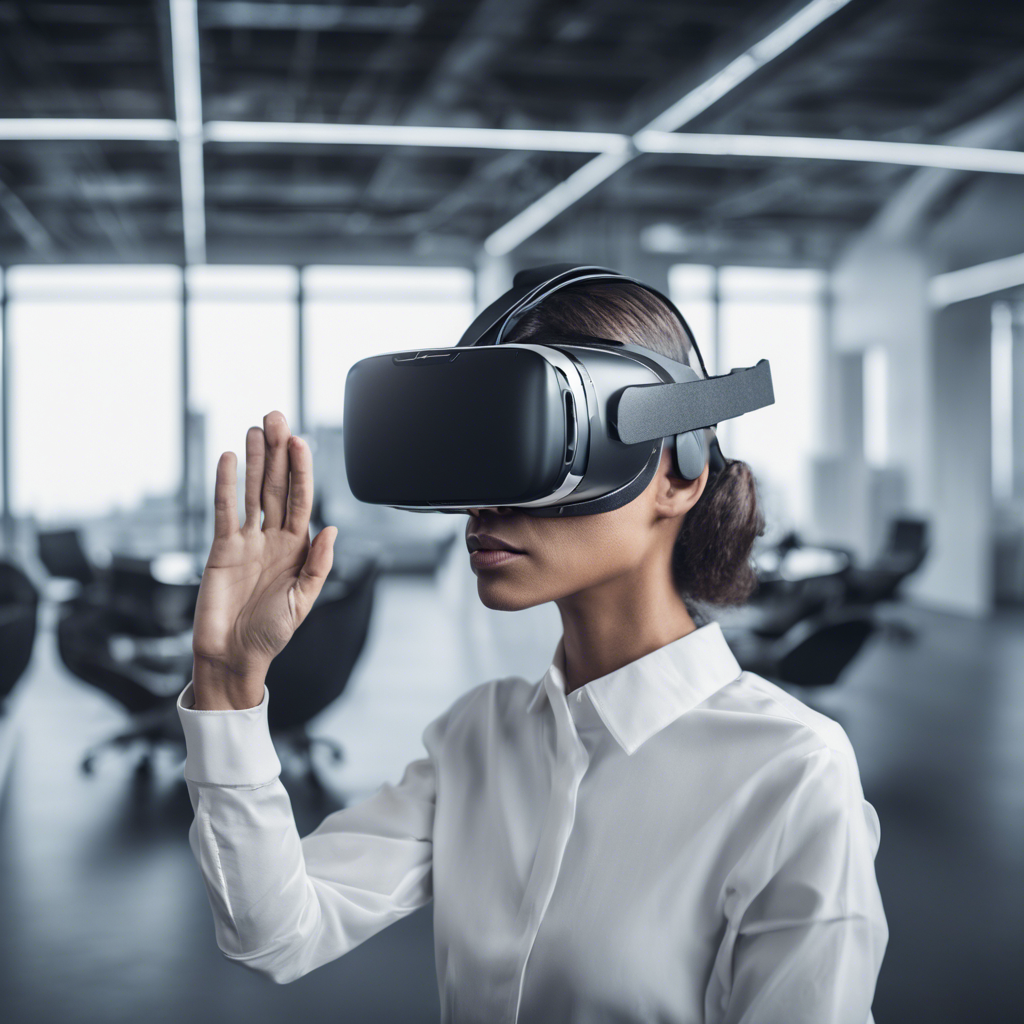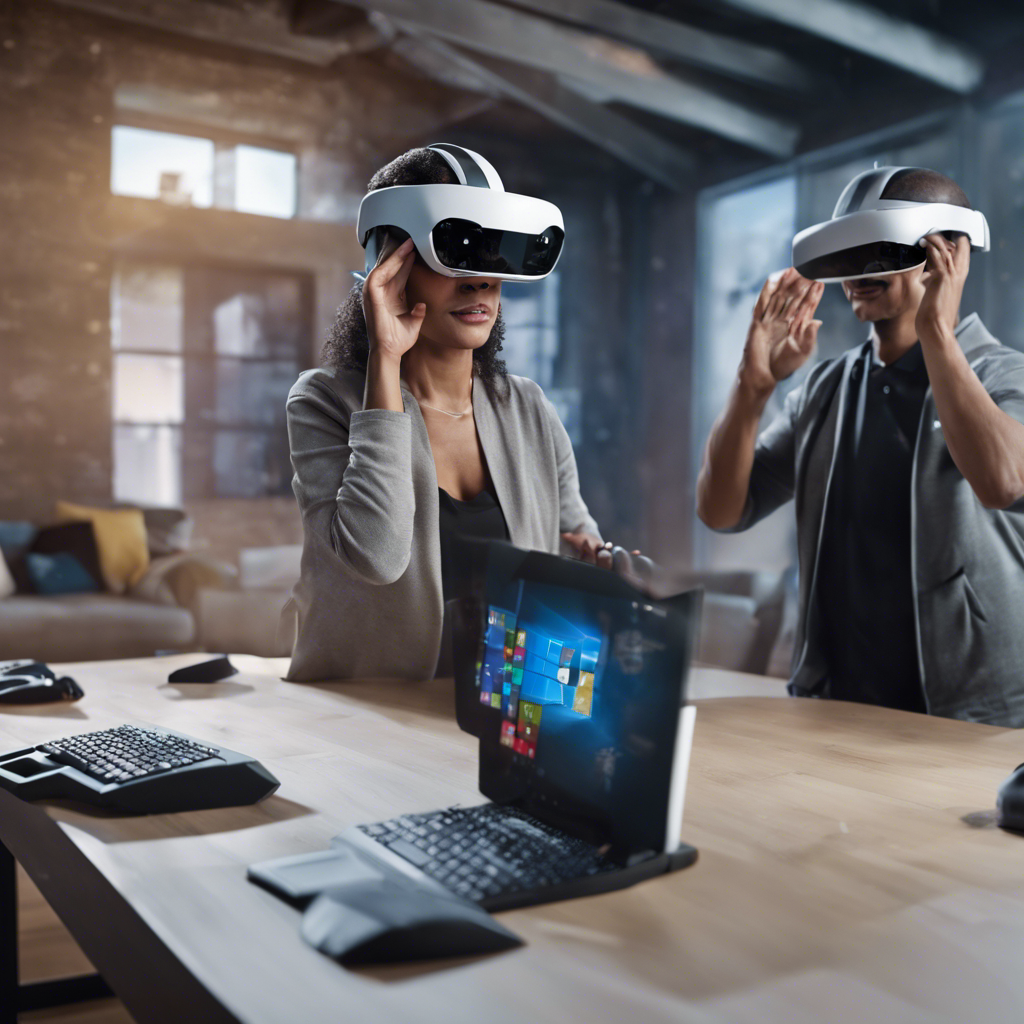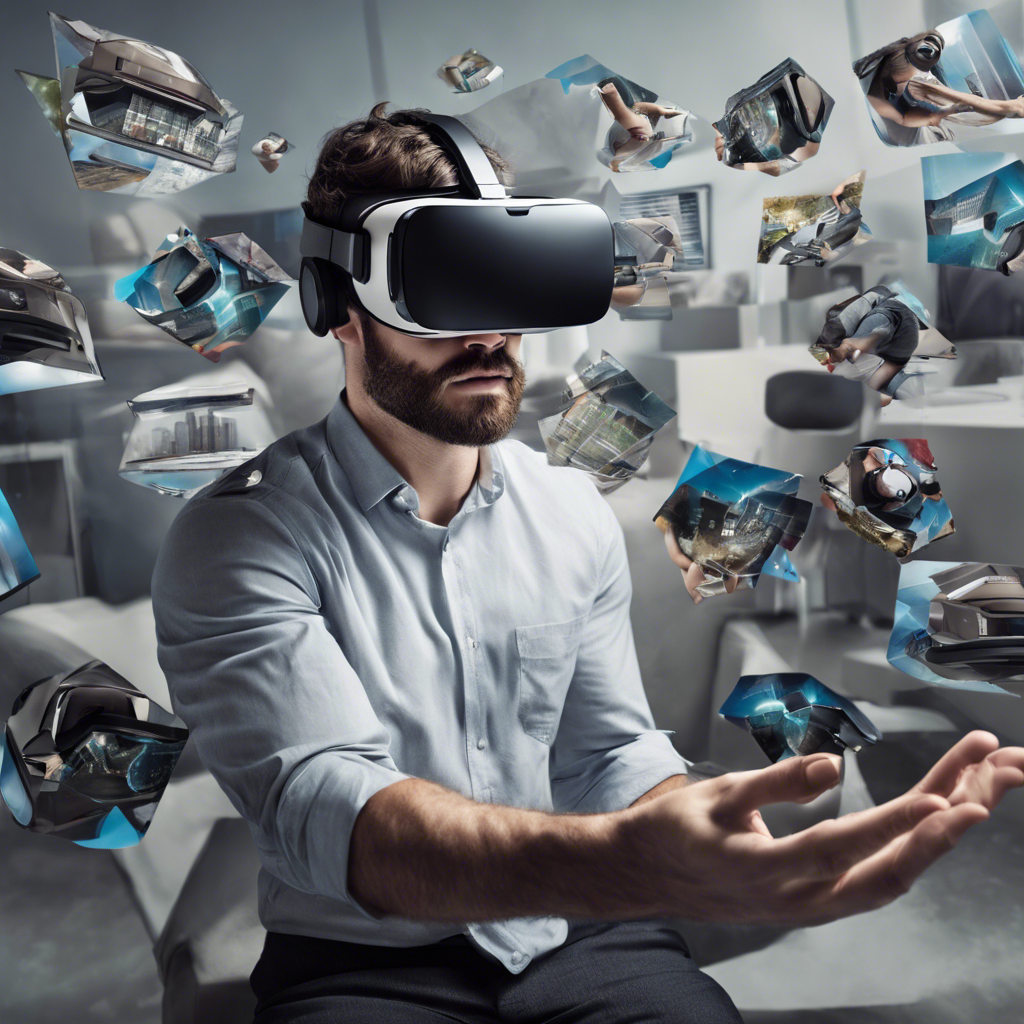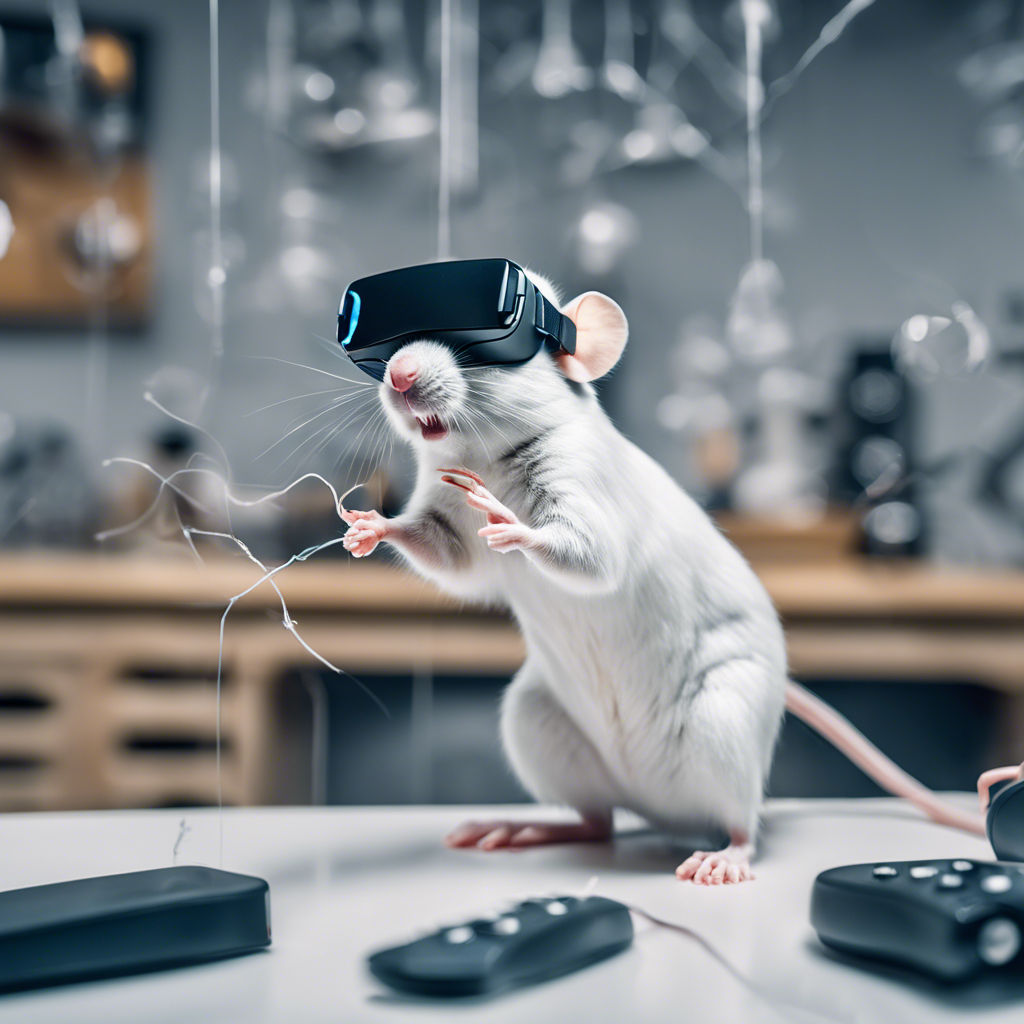Emotional connection, not graphics, is responsible for immersion in a VR environment, according to a study from the University of Bath.
Virtual reality (VR) has long been associated with high-quality graphics and advanced technology, with the assumption that these factors are crucial for creating an immersive VR experience. However, a recent study from the University of Bath challenges this notion, revealing that it is the emotional connection, rather than the visual elements, that truly makes users feel immersed in a believable VR environment. The research suggests that while technical factors such as visual realism and field of view play a role, it is the combination of these factors with human factors like inducing fear and agency that significantly influences users’ sense of presence in VR.
Movement and agency vs. visual realism
The study, conducted by researchers from the University of Bath’s Departments of Computer Science and Psychology, aimed to investigate the interaction between technical and human factors in influencing users’ sense of presence in a VR environment. Lead researcher Dr. Crescent Jicol highlights the need for more focus on improving the user’s emotional experience in VR, rather than solely investing in enhancing graphics and rendering virtual worlds more realistically. The team found that technical factors like visual realism and field of view do not have a significant direct impact on perceived presence. Instead, users’ sense of presence is significantly influenced when technical factors are combined with human factors, such as inducing fear and agency.
Technical factors do not significantly influence immersion
The study involved 360 participants who tried various VR games and filled out questionnaires to assess their sense of presence, emotions felt, and ability to act in the VR world. The researchers discovered that technical factors alone do not have a meaningful impact on presence. However, when technical factors are paired with human factors, such as a virtual environment’s ability to induce fear and agency, users’ sense of presence is affected. The researchers emphasize that “being there” in a virtual environment needs to be complemented with “doing there” for maximum impact.
Fear and visual realism: a powerful duo
Interestingly, the study also revealed that virtual reality environments designed to induce fear benefited most from high visual realism. In one game where participants had to defend themselves against a menacing wolf-like creature, the realism of the environment seemed to enhance the sense of presence. Dr. Jicol suggests that the participants looked more closely at the creature and searched for a way out, which made the high visual realism more effective. However, in a game designed to induce feelings of happiness, where the wolf was replaced by a playful dog, participants reported a strong sense of presence even without closely examining the environment. In this case, even the field of view had no discernible effect on the participants’ sense of presence.
Conclusion:
The University of Bath study challenges the commonly held belief that high-quality graphics and advanced technology are the key drivers of immersion in virtual reality. Instead, the research highlights the importance of emotional connection and agency in creating a believable VR experience. While technical factors like visual realism and field of view play a role, they are not the sole determinants of presence. The study suggests that developers and designers should prioritize enhancing the user’s emotional experience and incorporating elements that induce fear and agency to maximize immersion in VR. By understanding the complex interaction between technical and human factors, the potential for creating truly immersive and believable VR environments can be unlocked.











